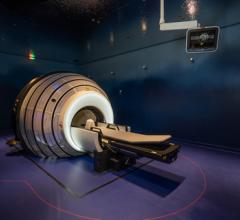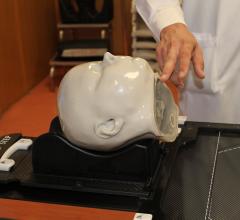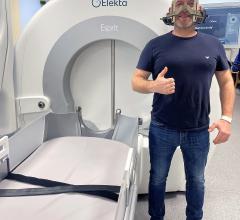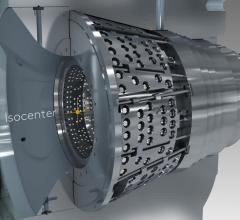January 14, 2009 – After performing stereotactic transperineal prostate biopsy on 747 patients, researchers concluded that forty percent of men with prostate cancer may not even know they have it, according to research study published in a recent issue of Urology.
The study by the Prostate Cancer Foundation of Chicago revealed the standard office biopsy procedure often isn’t enough to properly detect prostate cancer. This new research will be published in an upcoming issue of Urology.
Researchers used an advanced biopsy technique called stereotactic transperineal prostate biopsy (STPB) on patients with persistent elevated prostate specific antigen (PSA) levels who previously had at least one negative office biopsies. All patients had received transrectal prostate biopsies (TRPB), administered by a urologist.
“Men who have negative transrectal biopsies and continue to have elevated PSA levels should consider STPB because 40 percent will harbor malignancy,” said Michelle Braccioforte, director of research and education for the Prostate Cancer Foundation of Chicago. “Our level of confidence is greatly enhanced with regards to the presence or absence of cancer, and more specifically, the exact location of the cancer within the prostate.”
STPB is performed by taking a median of 40 samples of the prostate through the perineum while the patient is under general anesthesia. Performed as an outpatient procedure, it allows more comprehensive sampling, compared to the transrectal method, which takes fewer samples through the rectum. In addition, by taking more samples during STPB, the exact location of the cancer can be pinpointed.
Between April 2004 and January 2008, 747 patients with high PSA levels were studied. All patients had been tested using TRPB at least once and all results had been negative. All patients received the STPB. Biopsy results identified the presence of cancer in 291 (39 percent) of the patients.
“The information obtained from this kind of comprehensive biopsy allows us to design and perform more sophisticated treatment plans”, says Brian Moran, M.D., medical director of the Prostate Cancer Foundation of Chicago and the Chicago Prostate Cancer Center (www.prostateimplant.com). This procedure is also a stepping stone towards focal therapy, where more limited treatment can result in less side effects, yet achieve cure rates equal to more radical forms of treatment.”
For more information: www.chicagoprostatefoundation.org


 April 29, 2024
April 29, 2024 








